Main Navigation Menu
© 2025 Tech Jacks Soutions, All Rights Reserved
© 2025 Tech Jacks Soutions, All Rights Reserved
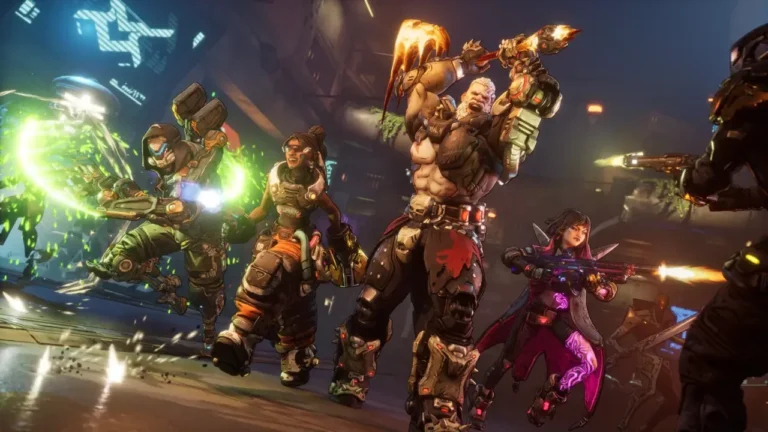
Borderlands 4 has launched on PC with the same technical catastrophe that’s defined every Gearbox release since the original game. The franchise’s tradition of broken PC launches continues unabated, with Steam reviews sitting at mostly negative just hours after release because of widespread performance issues, crashes, and optimization failures that make the game unplayable on hardware far exceeding the stated requirements.
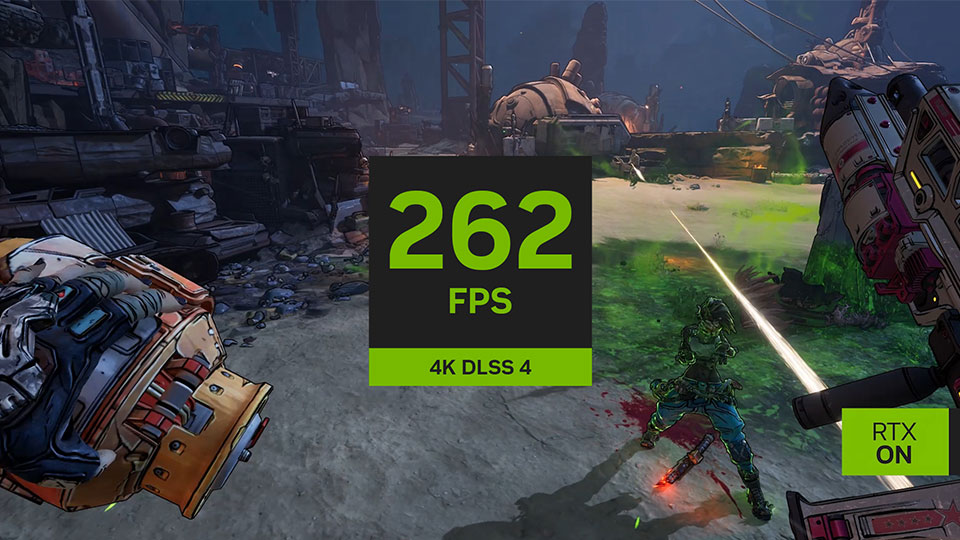
Performance analysis reveals systemic issues across all hardware configurations. Testing on both minimum-spec systems and RTX 5090 rigs demonstrates that Borderlands 4 suffers from fundamental optimization problems that even powerful hardware cannot overcome.
The minimum system requirements specify an 8-core CPU, which excludes approximately 50% of Steam users according to hardware survey data. However, technical analysis reveals that this isn’t about core count, but rather core quality, with newer 6-core CPUs outperforming older 8-core designs due to superior IPC (instructions per clock) performance.
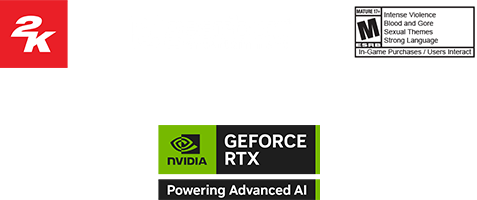
The primary culprit behind Borderlands 4’s stuttering problems is Unreal Engine 5’s asynchronous shader compilation system. Despite pre-compilation during the initial launch, the game continues to experience frame-time spikes when encountering new shader combinations during gameplay.
Frame-time analysis reveals massive 100+ millisecond spikes occurring during:
These stutters manifest regardless of hardware specifications, showing engine-level optimization failures rather than insufficient system resources.
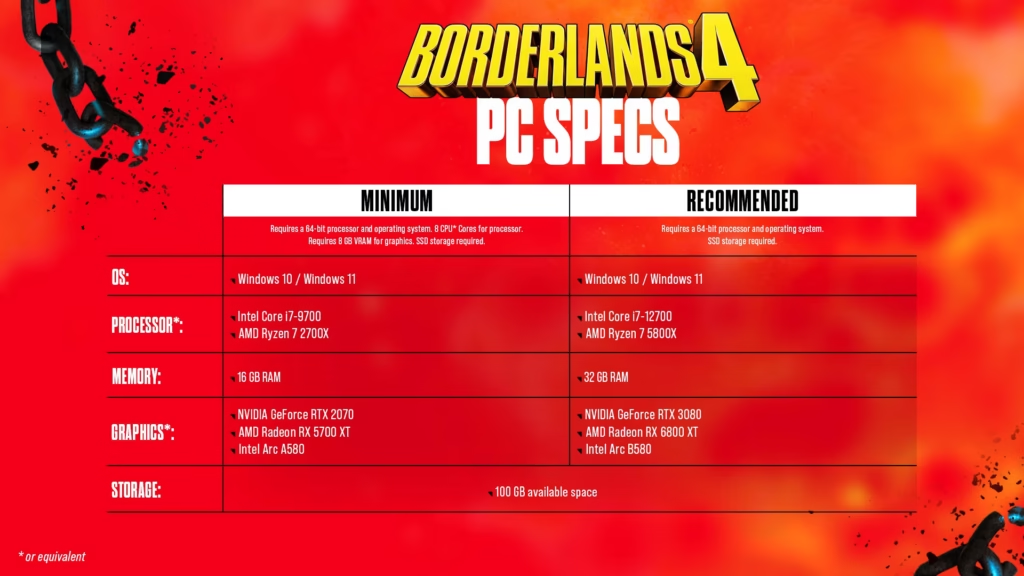
Memory allocation testing shows Borderlands 4 exhibits poor VRAM management across different GPU configurations. The game frequently exceeds 8GB VRAM usage even at 1080p medium settings, causing severe performance degradation on cards with limited video memory.
GPU utilization patterns reveal the game fails to maintain consistent 95%+ GPU usage, dropping to 70-80% utilization during CPU-limited scenarios. This suggests inefficient threading and poor CPU-GPU synchronization implementation.
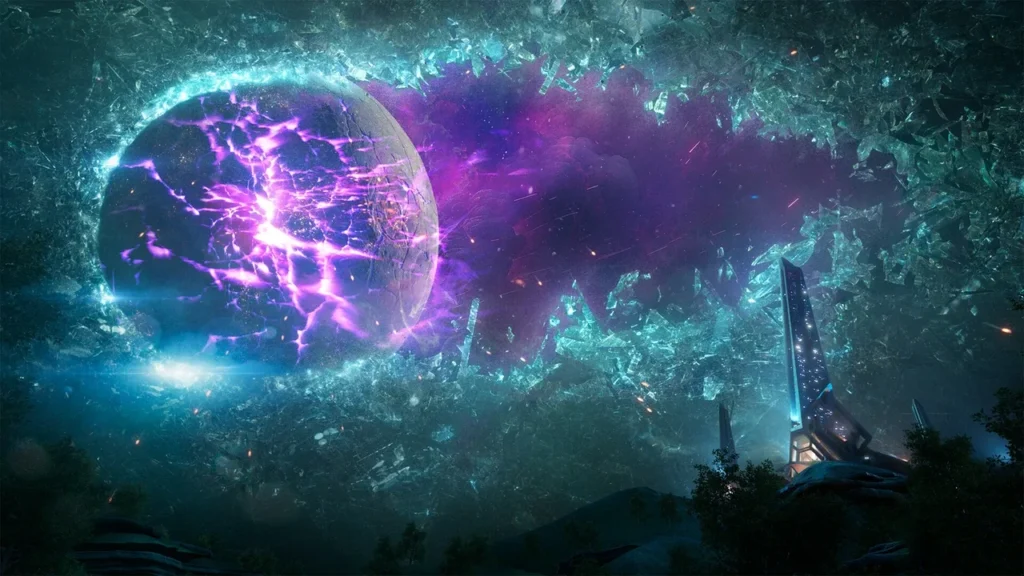
Borderlands 4 implements Denuvo Anti-Tamper DRM, which contributes measurable performance overhead. While not the sole cause of performance problems, Denuvo’s real-time code verification creates additional CPU load that compounds existing optimization issues.
The DRM system performs particularly poorly during:
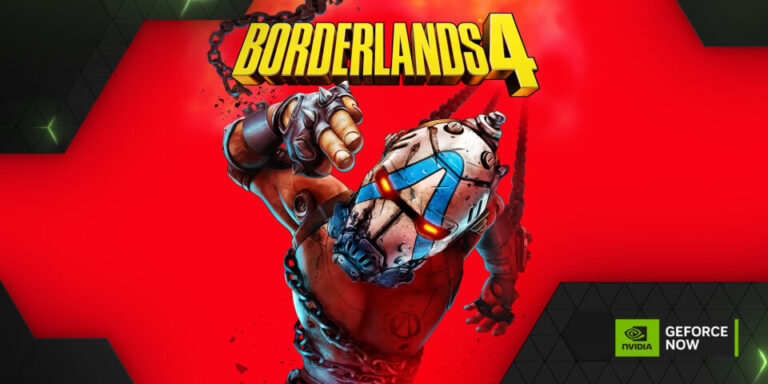
Gearbox’s published system requirements prove inadequate for actual gameplay performance:
Minimum Specifications (Official):
Actual Performance Reality:
Randy Pitchford’s statement that running the game below minimum specifications would be “a miracle” proves accurate, but the minimum specifications themselves are insufficient for acceptable performance.
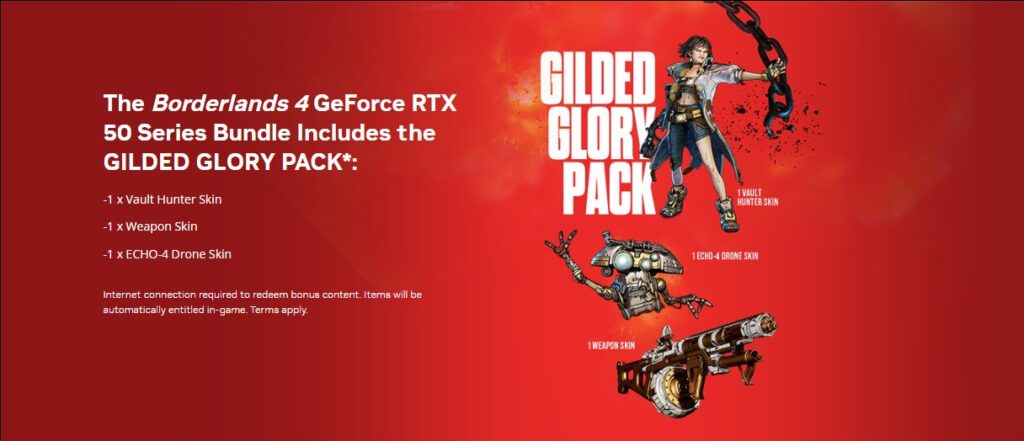
The performance disaster becomes particularly egregious when considering Borderlands 4’s status as a bundled promotional title with Nvidia GeForce graphics cards. Customers purchasing RTX 4070, 4080, 4090, and 5000-series GPUs received Borderlands 4 as a “free” incentive to choose Nvidia hardware over AMD alternatives.
This promotional arrangement creates false advertising on multiple levels:
Marketing Deception: Nvidia promoted Borderlands 4 as showcasing their latest graphics technology, implying optimized performance that demonstrates GPU capabilities. The reality shows even RTX 5090 systems struggling with basic performance targets.
Value Proposition Fraud: Bundled games typically add $50-70 perceived value to graphics card purchases. Borderlands 4’s broken state means customers received a defective product that reduces rather than enhances their hardware investment value.
Technical Partnership Failure: Nvidia’s Game Ready Driver program promises day-one optimization for major releases. The collaboration between Nvidia and Gearbox clearly failed to deliver functional optimization despite months of development partnership.
For customers who specifically purchased RTX hardware expecting smooth Borderlands 4 performance, the current state represents a breach of implied warranty. The game’s optimization guide requiring aggressive upscaling on flagship GPUs contradicts the promotional messaging about showcasing next-generation graphics capabilities.
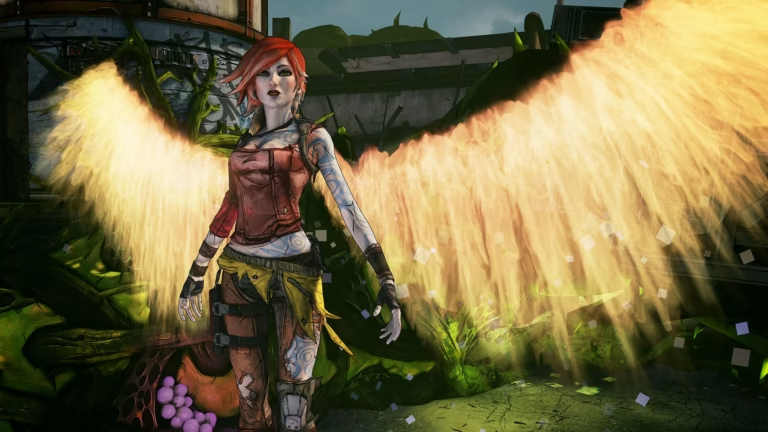
Borderlands 4’s technical problems continue Gearbox’s established pattern of broken PC releases:
Borderlands (2009): Launched with severe mouse acceleration issues, FOV problems, and menu systems designed exclusively for controllers. PC-specific features were added months after release through patches.
Borderlands 2 (2012): Suffered from texture streaming problems causing constant pop-in, physics engine instability causing random crashes, and PhysX integration that destroyed performance even on high-end systems.
Borderlands 3 (2019): Released with game-breaking DirectX crashes, menu stuttering that persisted for over a year, and Denuvo implementation that caused significant performance degradation across all hardware configurations.
The pattern extends beyond Borderlands to Gearbox’s broader catalog. Aliens: Colonial Marines (2013) represents perhaps the studio’s most infamous technical disaster, shipping with AI pathfinding broken by a single typo in configuration files that remained unfixed for years until community modders discovered and corrected it.

Gearbox follows a consistent post-launch strategy:
This cycle exploits early adopters as unpaid beta testers while generating immediate revenue from pre-orders and launch sales.
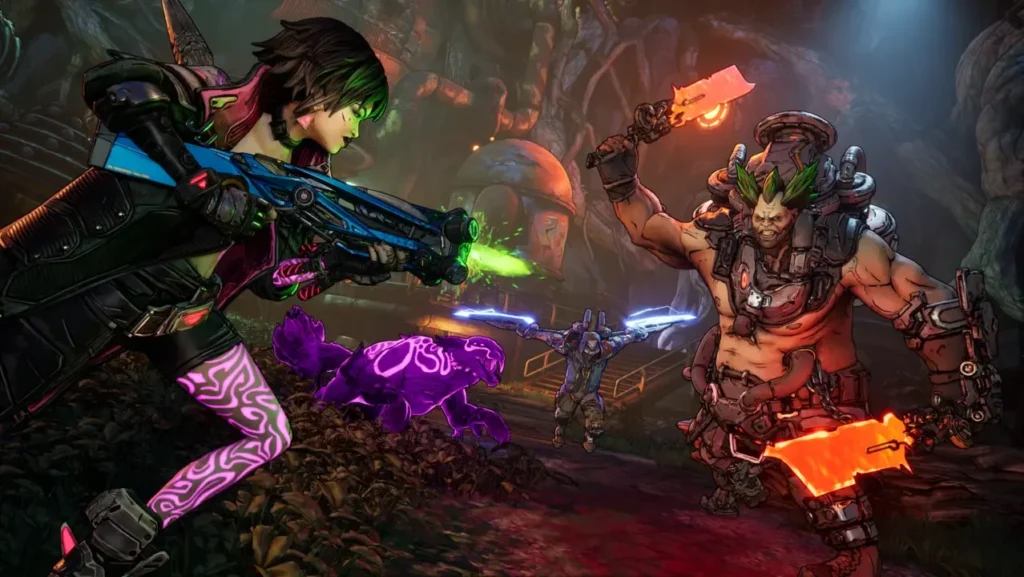
Gearbox released a 2.7GB day-one patch promising performance improvements. Technical analysis reveals minimal impact on core optimization problems:
Claimed Improvements:
Actual Results:
The patch primarily addresses peripheral bugs while leaving fundamental performance architecture untouched.
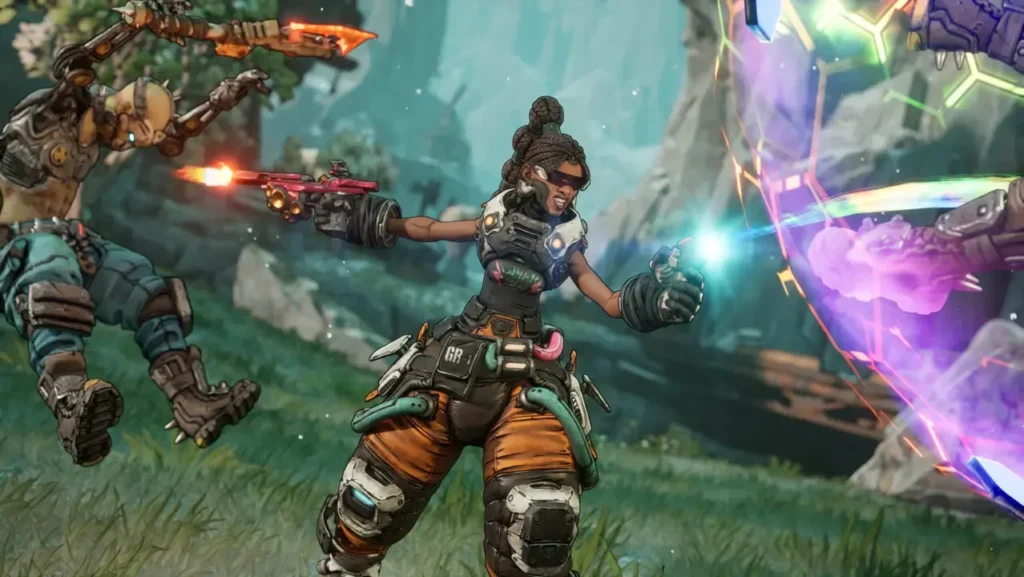
Performance testing across multiple GPU tiers reveals poor hardware scaling:
RTX 4070 (Recommended Tier):
RTX 4080 Super:
RTX 5090:
The lack of meaningful performance scaling indicates fundamental engine bottlenecks that raw hardware cannot overcome.
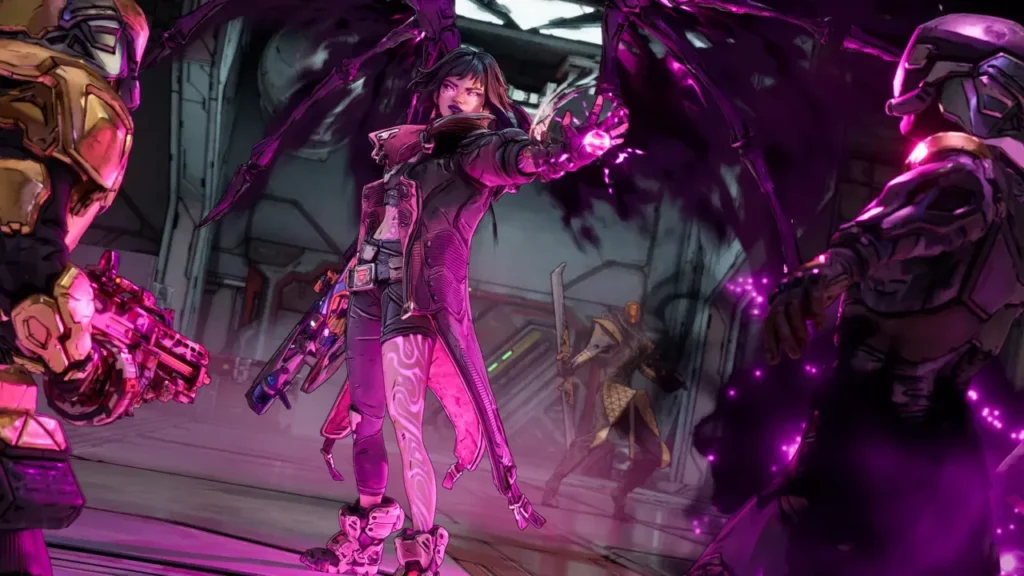
Steam reviews reflect widespread frustration, with performance complaints dominating user feedback. Common issues reported include:
The game achieved record concurrent player counts exceeding 200,000 simultaneous users, indicating strong initial interest despite technical problems. However, player retention metrics suggest a rapid abandonment as performance issues become apparent.
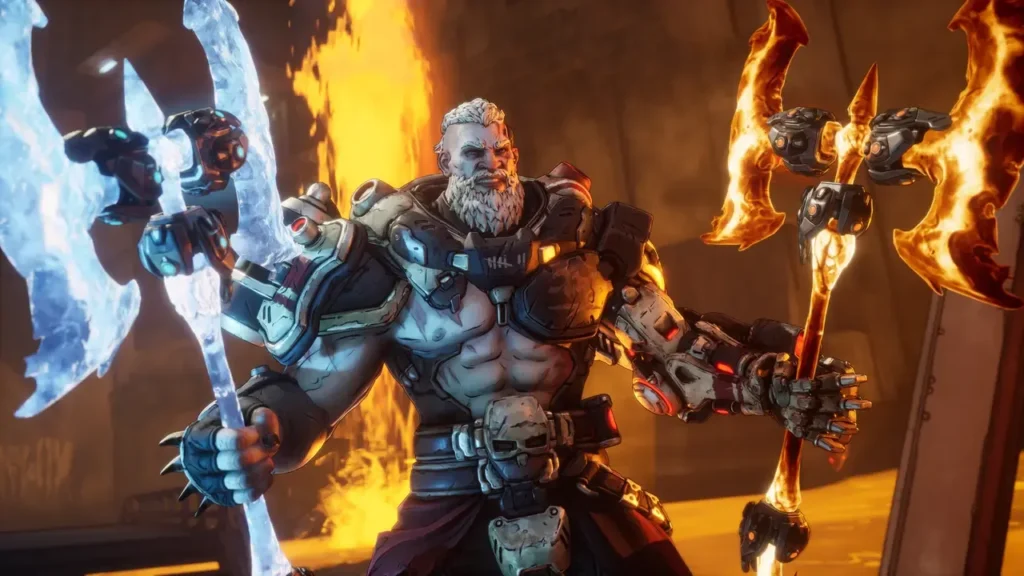
Borderlands 4’s PC launch represents everything wrong with modern AAA game development. Gearbox has once again released a technically flawed product, charging premium prices ($70 base, $130 deluxe edition) and expecting customers to accept subpar performance.
The studio’s pattern of broken PC launches spanning 15 years demonstrates institutional indifference to technical quality. From Borderlands’ mouse acceleration disasters to Aliens: Colonial Marines’ AI pathfinding catastrophes to Borderlands 4’s optimization failures, Gearbox consistently treats PC users as second-class customers.
The reliance on post-launch patches to achieve basic functionality represents false advertising. Selling products that don’t perform as advertised violates basic consumer expectations, yet the gaming industry has normalized this practice through marketing euphemisms like “day-one patches” and “post-launch support.”
Smart consumers should avoid Borderlands 4 until Gearbox demonstrates actual technical competency through measurable performance improvements. The game may eventually become playable through months of patches, but supporting broken launches only encourages continued industry-wide technical negligence.
The Borderlands franchise deserves better than Gearbox’s consistent technical incompetence. More importantly, PC gamers deserve products that work as advertised rather than glorified alpha builds masquerading as finished games.
Wait for the inevitable GOTY edition in 18 months when the game finally achieves the performance state it should have launched with. Your wallet and sanity will thank you.
